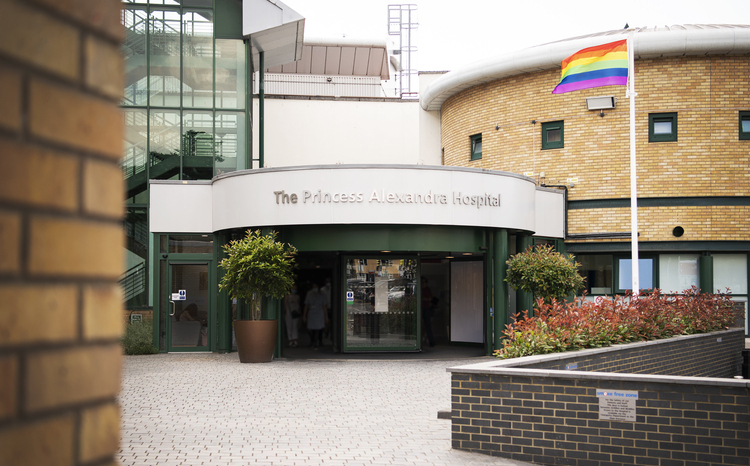Italy develops chronic disease tools
- 22 May 2007
The Italian health service is aiming to make use of its IT to create an integrated tool to improve care for people with chronic conditions, a Ministry of Health official has announced.
The ministry’s general director for information systems, Walter Bergamaschi told the recent World Health Congress in Barcelona that elderly people required a different mix of healthcare services to be developed to help them live independent lives, and the Italian Ministry of Health had decided it was important to focus on this.
“In Italy, we are seeing that the percentage of people over the age of 65 is slowly rising, it is currently at around 18% but by 2030 it is expected to reach about 27%. What is even more concerning is that as this continues to rise, so does the incidence of chronic pathologies in that age range. Almost 90% of these elderly people have some sort of illness that requires care and so we know that we have to act for the future.”
Bergamaschi said that Italian doctors had raised issues with the ministry over the amount of time spent treating patients with chronic conditions, and concluded that a shift towards community care was needed.
“We need help to shift from hospital acute systems to community treatment. So we have to move from hospital-centric services to community-centric services based on the patient. This is a long journey for us in Italy and going too slowly for us so far. The goal is to create an organisational model for chronic treatment which reduces admissions, brings people out of hospital quicker, and improves the assistance network.”
He told the audience of senior health professionals that the ministry had recruited suppliers to test out a number of ways that could help to ensure that whilst care was moved to the community, centralised records were still maintained.
“We are trying to learn by doing,” said Bergamaschi. “We believe in integrating clinical components with the organisational and management components of the care provided.
“This implies a paradigm shift in health information systems, integrating around the citizen the information related to their health services and tracing them back to the supplier – improving the continuity of care and evaluating the capacity of the system to meet the health needs of the population.”
He said that the efficient management of patients with chronic conditions must be realised by the assistance continuity and by the optimisation of the movements inside the “network” of health and social services.
The eventual aims are to direct the patient to the most appropriate service according to the social and health need.
Bergamaschi updated the audience on Italy’s progress in creating a national electronic health record. He said building work on the system was ongoing, but interoperability was an issue that needed careful attention.
“We started with the government health information system which is based on monitoring the healthcare system. Now we are building a federated framework of local information systems and electronic health records, all of which facilitates homecare emergency, second opinions, and disease management.
“The problem though is creating interoperability through finding common languages and codification. We are taking incremental steps towards implementing the full EHR system starting with admissions, drugs, and death records.”
Bergamaschi said that in addition to national work there was also a lot of work being done on EHRs and interoperability standards at regional levels.
“In Lombardy, a large proportion of the population has cards and access to the system, now data is being shared on prescriptions, referrals and discharge letters. Elsewhere, networks are being built to help interface citizens and healthcare professionals.”
Another project being considered in Italy, is the “Sole Project” which aims to create a network among hospitals and community to provide services for citizens, professionals and local health units.
The project is aimed to manage and integrate informative flow among network facilities, integrating communication between GP and local health units, especially with homecare services and assistance for elderly patients.
Bergamaschi said: “Through Sole we want to implement the activation services for the home care assistance plan through dialogues with GPs, paediatricians and local health unit professionals. In the future, the system will create an important support for the operative and management aspects of providing home care.”
He added the Sole project will ‘create a method to manage and access clinical and health data.’
“It will be possible in this way to mark events and navigate along patients’ clinical history using specific questions.”
Bergamaschi anticipates that through the project, a number of advantages will be noticeable.
“It will help us to build up a network that supports professional care providers with a stronger doctor-patient relationship, enabling general practitioners to be the clinical reference point for the most common pathologies treatment and for patients affected by chronic and degenerative pathologies,” he said.
He admitted that the ideas had been copied from the UK’s pathways in telecare, but added that as Italy has the most ageing population in Europe, such intervention was essential to help Italy’s health service.
Links
Italian Ministry of Health (Italian language)




